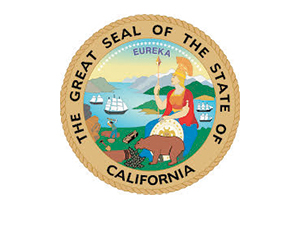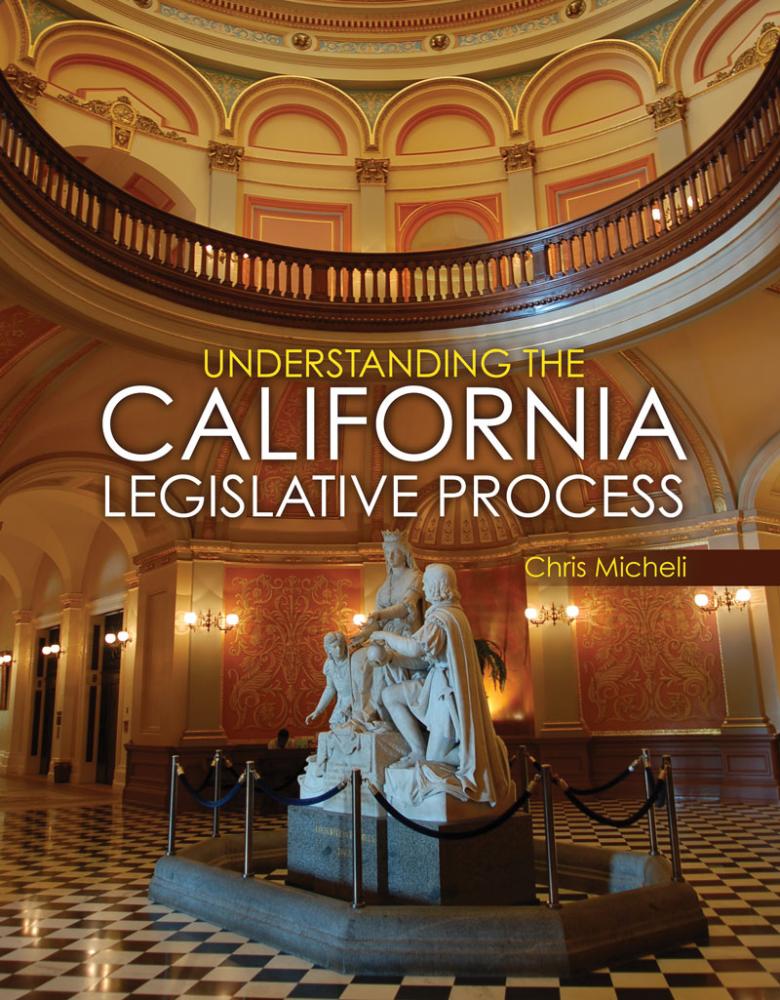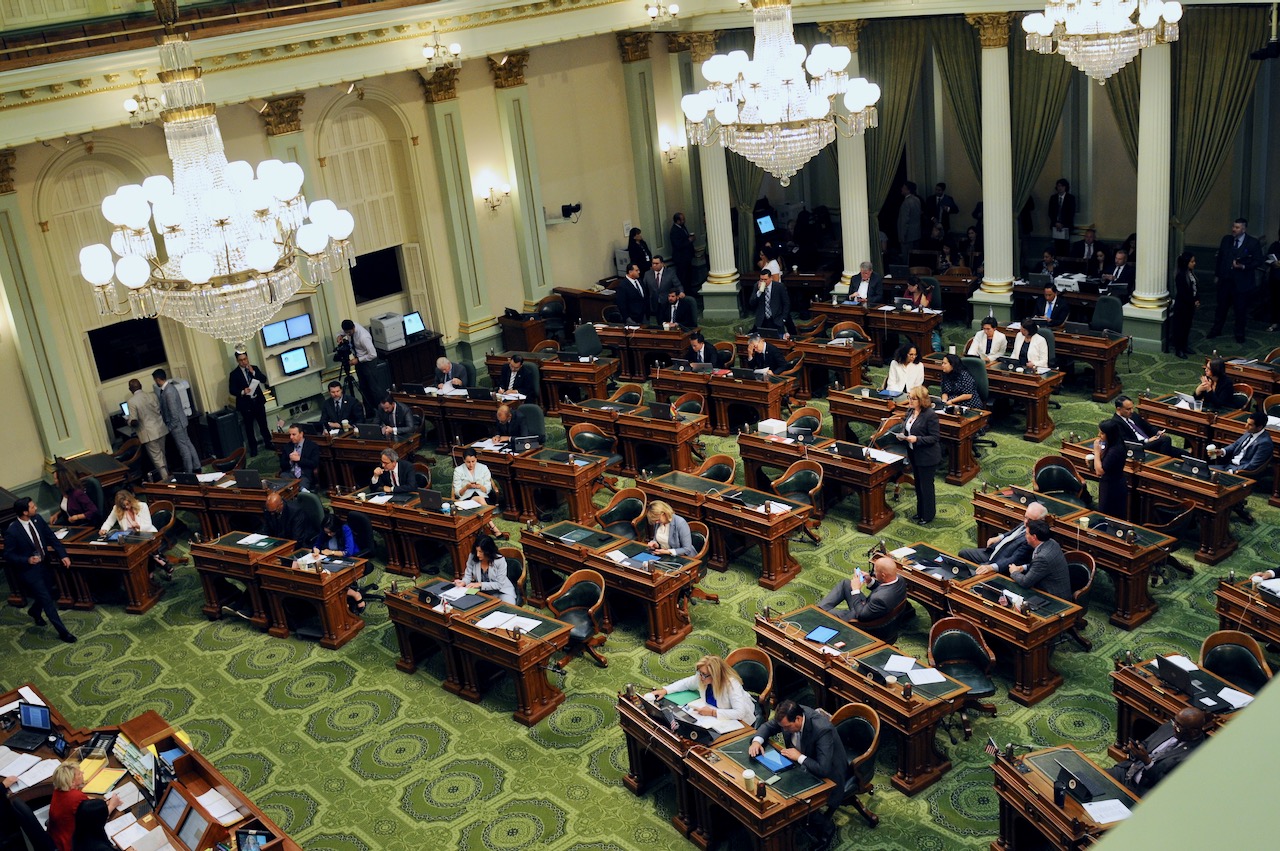
Great Seal of California. (Photo: ca.gov)
The Legislative Counsel’s Digest
Legislative Counsel explains to legislators what they are voting on
By Chris Micheli, September 12, 2020 7:46 am
All measures in the California Legislature prominently display the “Legislative Counsel’s Digest.” What is it? According to the Glossary provided by the Office of Legislative Counsel, the “Digest is prepared by the Legislative Counsel and it summarizes the effect of a proposed bill on current law. It appears on the first page of the printed bill.”
The Legislative Counsel’s Digest is on the first page of every bill, resolution and constitutional amendment introduced or amended in the California Legislature, appearing right after the measure’s number, the listed author and co-authors, and the “relating clause”. As such, the Digest appears before the actual text of the measure.
Those who engage in legislative history and intent research view the Legislative Counsel’s Digest as an important indicator of general legislative intent because the Digest provides a summary of existing law and how the bill proposes to change existing law. In essence, the nonpartisan Legislative Counsel’s Office is explaining to legislators what they are voting on with regard to that particular measure.
In addition to being found at the beginning of each measure, the Digest appears in the chaptered version contained in the Summary Digest of the Statutes and Amendments to the Code, found in the last volume for each year and arranged in the order of chapter number.
The Digest is initially prepared by the Deputy Legislative Counsel who drafted the introduced version of the bill. When the bill is substantially amended, the Deputy drafting the amendments will modify the text of the Digest to reflect the substantive amendments made to the measure. Sometimes interest groups, lobbyists or lawyers attempt to modify the Digest language when they propose amendments to a measure. However, the Digest is written and changed entirely by Legislative Counsel.
Each Digest contains at least two paragraphs, the first one begins with “Existing law….” The second one begins with “This bill would….” In addition, the Digest contains explanations of other provisions of the particular measure, such as whether the bill imposes a state-mandated local program, that the bill contains an appropriation, the bill requires reimbursement to local agencies, the bill contains an urgency clause, or the bill requires a higher vote than majority, etc.
Note that the Digest is separate from a measure’s keys. Nonetheless, the keys are also prepared by the Legislative Counsel Deputy. The measure’s keys are the following example:
Vote: majority Appropriation: yes Fiscal Committee: yes Local Program: yes
- Adoption of Unmarried Minors - December 28, 2025
- Bonds and Undertakings - December 28, 2025
- Joint Debtors in California - December 27, 2025




And the legislators don’t have to take the time to actually read the dreck that they propose, thereby driving up the cost of California governance….
Yet MORE evidence of governmental waste and inefficiency….